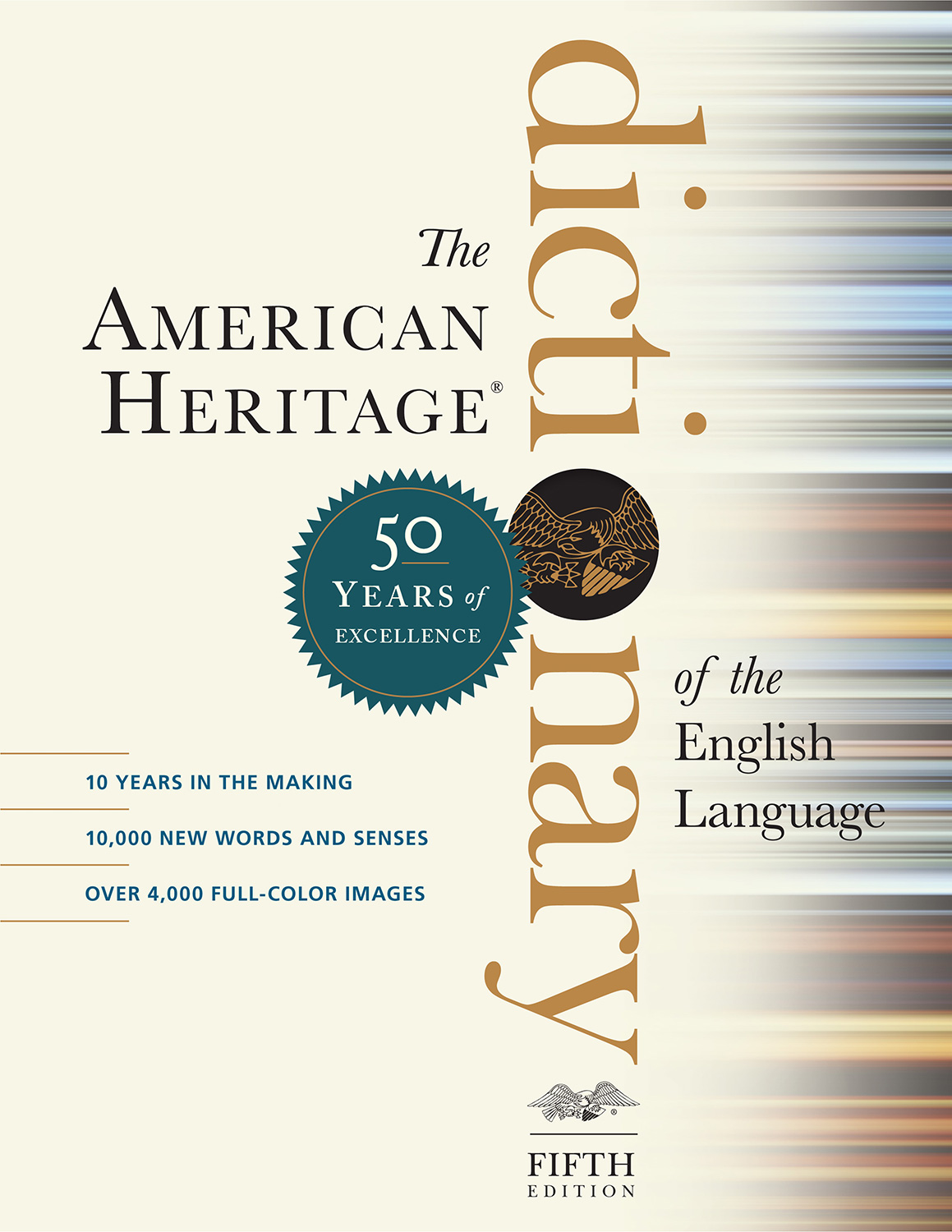loaf 1  (l ōf)
Share:
n. pl. loaves (l ōvz) 1. A shaped mass of bread baked in one piece. 2. A shaped, usually rounded or oblong, mass of food: veal loaf.
[Middle English lof, from Old English hlāf, from Proto-Germanic *hlaibaz, perhaps from the same European substrate source as Greek klībanos, krībanos, earthen vessel for baking, tandoor.]
Word History: Loaf, lord, and lady are closely related words that testify to bread's fundamental importance in the Middle Ages. Curiously, though bread was a staple food in many Indo-European cultures, loaf and its cognates occur only in the Germanic languages, and lord and lady only in English. Loaf derives from Old English hlāf, "bread, loaf of bread," related to Gothic hlaifs, Old Norse hleifr, and Modern German Laib, all of which mean "loaf of bread." Hlāf survives in Lammas, originally Hlāfmaesse, "Loaf-Mass," the Christian Feast of the First Fruits, traditionally celebrated on August 1. Lord comes from Old English hlāford, a compound meaning "loaf-ward, keeper of bread," because a lord maintains and feeds his household and offers hospitality. Similarly, lady derives from Old English hlǣfdige, which became lady by 1382. The -dige comes from dæge, "kneader," and is related to our dough. A lady, therefore, is "a kneader of bread, a breadmaker." Lord and lady both retain vestiges of their original meanings, although England's aristocrats have not been elbow deep in flour, let alone dough, for several centuries. |







